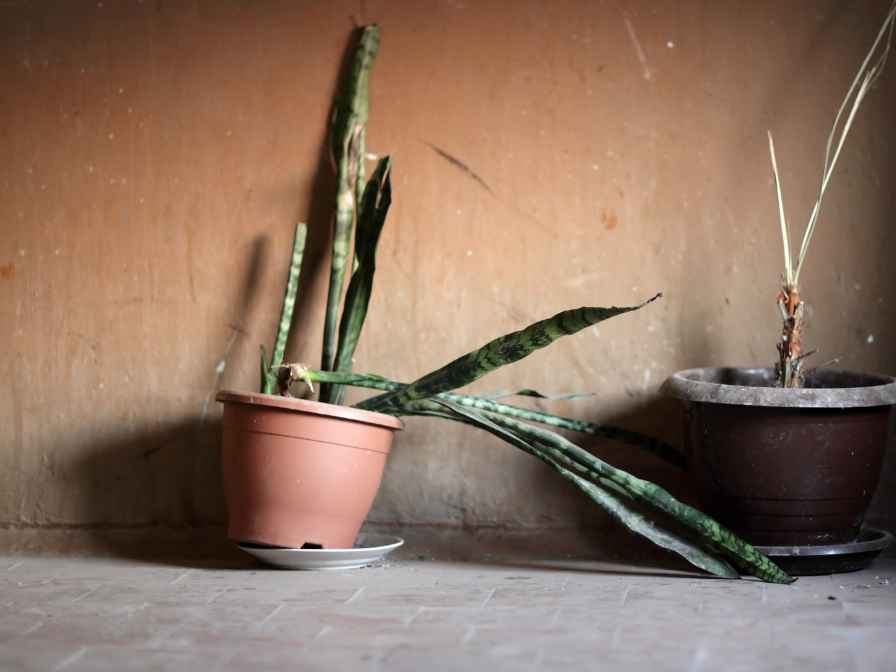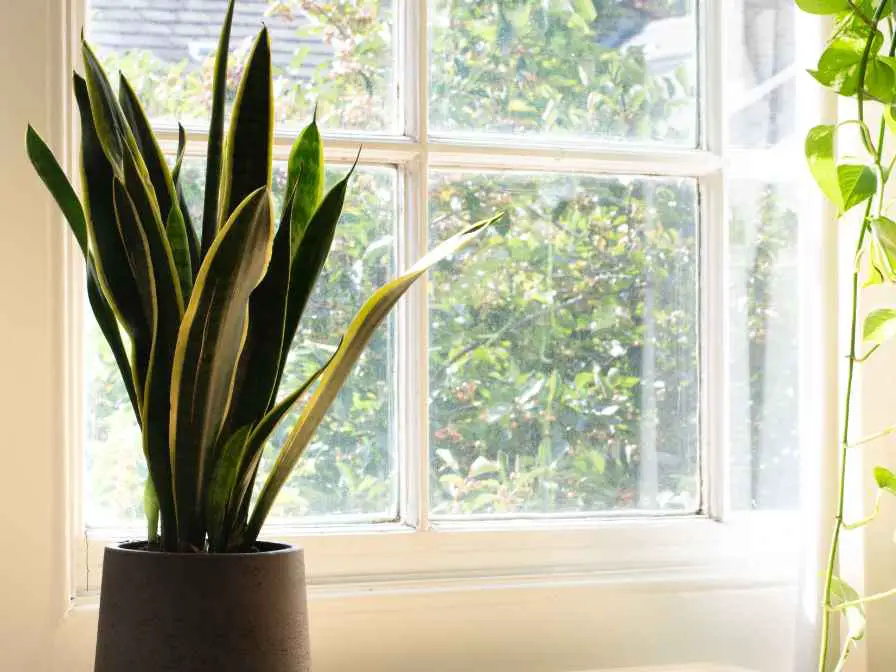The snake plant is a flowering plant that is usually preferred, due to its aesthetic value as well as other benefits. But sometimes due to some reasons it stops growing or tends to die. Well, in this condition how to revive snake plant. Well, we are going to make you learn about that.

Snake plant
The snake plant, also known as Sansevieria, is a popular houseplant that is loved for its striking appearance and low-maintenance requirements. It is native to tropical West Africa and can grow up to three feet tall. Its long, upright leaves are thick and fleshy, and they range in color from light green to dark green with white or yellow striping.
One of the most notable characteristics of snake plants is their ability to purify the air. It is particularly effective at removing formaldehyde, benzene, and trichloroethylene from the air, making it a great choice for those who suffer from allergies or asthma.
The snake plant is also one of the few plants that can convert carbon dioxide into oxygen at night, making it an excellent plant to have in your bedroom. The snake plant requires very little maintenance and may grow in a range of lighting situations.
It can withstand low light levels but loves direct, strong light. To avoid root rot, snake plants should only receive sporadic watering and be left to completely dry between watering. With proper care, the snake plants can live for many years and continue to add a touch of natural beauty to your home.
Benefits Of Planting Snake Plants
There are many benefits of planting snake plants. You can get a lot of benefits, here we are mentioning some of the common benefits:
Improved Air Quality
The potential of snake plants to eliminate pollutants including benzene, formaldehyde, and trichloroethylene is well documented. This can help improve the air quality in your home, leading to a healthier living environment.
Increased Oxygen Levels
Unlike most plants, snake plants are one of the few that release oxygen at night. This can help improve air quality in your bedroom and promote better sleep.
Low Maintenance
Snake plants are very easy to care for. They require minimal maintenance. They can tolerate a wide range of light conditions and only need to be watered sparingly. Just make sure their minimum requirements are met and you are good to go.
Aesthetic Appeal
Because of their distinctive appearance, snake plants bring a bit of the outdoors indoors. They are flexible plants for decoration since they come in a range of sizes and forms. Most of the time snake plant is preferred for this purpose.
Health Benefits
According to studies, keeping plants around the house might help with mental health by lowering stress and elevating mood. Additionally, snake plants have been used in traditional medicine to treat a range of ailments such as headaches, respiratory problems, and skin irritations.
Reasons Why Snake Plants Might Die
Snake plants are generally very easy to care for and can tolerate a variety of growing conditions, but there are several reasons why they may begin to decline or die:
Temperature Extremes
Snake plants prefer temperatures between 60 and 85 degrees Fahrenheit. If the plant is exposed to temperatures outside of this range, it may begin to decline or die. This is especially true if the plant is exposed to drafts or very cold temperatures.
Lack of Light
While snake plants can tolerate low light conditions, they still need some light to thrive. If the plant is kept in a very dark location, it may begin to lose its leaves or become stunted. To prevent this, place the plant in a location that receives bright, indirect light.
Overwatering
Snake plants are susceptible to root rot, which is caused by overwatering. This can happen when the soil remains consistently damp, causing the roots to become waterlogged and begin to decay. To prevent this, allow the soil to dry out between watering and avoid watering too frequently.
Pests
Snake plants are relatively resistant to pests, but they can still fall victim to mealybugs, spider mites, and other insects. These pests can cause yellowing or browning of the leaves and eventually lead to the plant’s death. To prevent this, inspect the plant regularly for signs of pests and treat them as necessary.
Under Watering
While snake plants can tolerate drought-like conditions, they still need to be watered periodically. If the soil is allowed to dry out completely, the plant may begin to wilt and eventually die. To prevent this, water the plant when the upper inch of soil has dried.
How to Revive Snake Plants?

Reviving a snake plant can be done using several methods, depending on the cause of its decline. Here are some methods for reviving a snake plant:
Watering
If your snake plant is wilted and the soil is dry, it may just need a good watering. Water the plant thoroughly, allowing the excess water to drain away. Wait until the soil dries out again before watering, as overwatering can lead to root rot.
Repotting
The plant might need to be potted again if the soil is compacted and doesn’t drain effectively. Select a pot that is one size larger than the existing container and fill it with potting soil that drains nicely. Gently remove the plant from the old pot and carefully separate the roots. Plant the snake plant in the new pot and water it well.
Pruning
If the leaves of your snake plant are yellow, brown, or wilted, it may be necessary to remove them. Use clean, sharp scissors to remove any damaged or dead leaves, making sure to cut as close to the base of the plant as possible. This will encourage new growth.
Fertilizing
If the plant is not growing well or appears weak, it may need to be fertilized. Use a balanced, water-soluble fertilizer and follow the instructions on the package. Be careful not to over-fertilize, as this can burn the roots.
Pests & Diseases
If your snake plant is suffering from a pest infestation, it will need to be treated with insecticidal soap or another pesticide. Follow the instructions on the product carefully, and be sure to treat the plant and the soil thoroughly. Do look for diseases and take remedial measures.
Light & Temperature
If the plant is not getting enough light or is exposed to extreme temperatures, it may begin to decline. Move the plant to a location with brighter, indirect light and keep it away from drafts and extreme temperatures.
FAQs
Will the snake plant repair itself?
You need to repair or revive it by taking remedial actions. It will not revive by itself. You need to take remedial actions according to the conditions of the problem. like you have to report it or any other actions.
Why is my snake plant dying?
There can be many reasons why your snake plant might be dying. The most common factors for dying snake plants are root rots, fungal problems, high temperature, etc. You can take remedial measures to make it good.
Do snake plants need direct sunlight?
They can tolerate the shade but it’s good that it gets good exposure to the sunlight. Try to save t from extreme sunlight.

